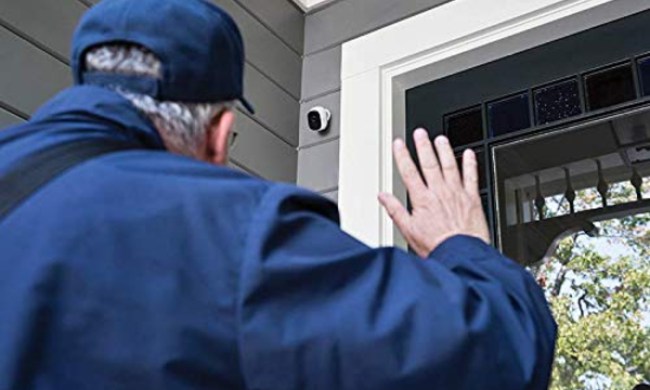In episode 2 of Genius Home, our intrepid hosts Caleb Denison and Ariana Escalante take us on a tour of a Southern California home that’s truly on a different level. In addition to being automated and boasting state-of-the-art appliances, it’s also completely self-sufficient and produces all of its own energy. Here’s a quick rundown of the highlights.

First of all, the house’s design is nothing short of stunning. It has a bright, open, Mediterranean-inspired aesthetic that stylishly straddles the line between classic and modern. You’d be forgiven for not noticing that it’s absolutely stuffed with cutting-edge tech, as the home’s designers clearly took great care to ensure that the technological touches were integrated in a way that’s seamless and unobtrusive.

Take the kitchen, for example. At first glance, it doesn’t appear to be particularly sophisticated — at least technologically speaking. But that couldn’t be further from the truth. Tucked subtly behind the stone paneling, you’ll find high-end appliances from Miele and Viking that can be remotely operated. Want a cup of coffee after you wake up? Just roll out of bed and send the connected Miele espresso machine your order. It’ll be ready by the time you make it to the kitchen.

Another great example of seamless tech integration is the home’s living room entertainment center. There you’ll find a stunning 77-inch LG OLED TV and a top-of-the-line surround sound system.
But here’s the thing: All those speakers are practically invisible. Three of them are neatly integrated into the ceiling, while two more and a pair of subwoofers are hidden away in the stone wall. You couldn’t find them if you tried.

But even with all this cleverly integrated technology and automation, the star of the show is definitely the home’s residential energy system, which allows the house to power all of its interior tech — including all those appliances, TVs, speakers, and even the Tesla chargers in the garage — without drawing a single watt from the California energy grid.

All the power the house needs comes from an array of solar panels on its roof, which store surplus energy in an interior battery bank to keep it running 24/7.
Oh, and did we mention there’s also an infinity pool, an elevator, a cinema-grade private theater, and a climate controlled wine cellar? You definitely don’t want to miss this episode!





